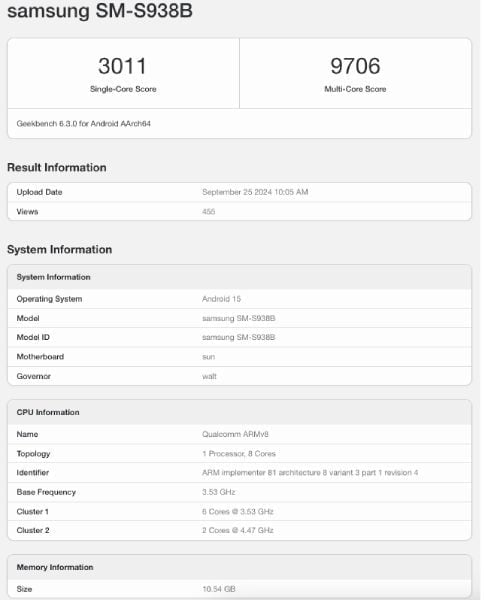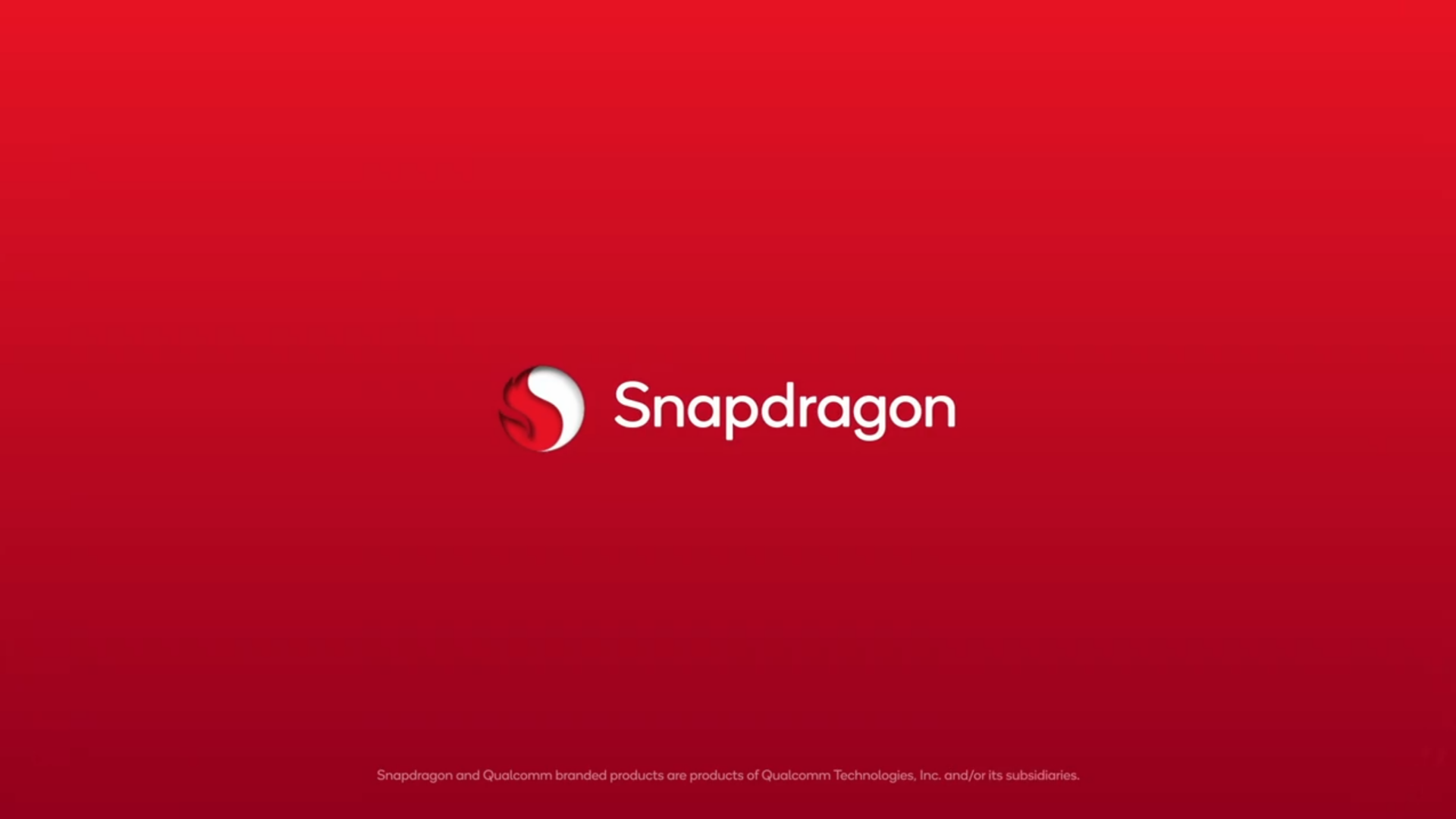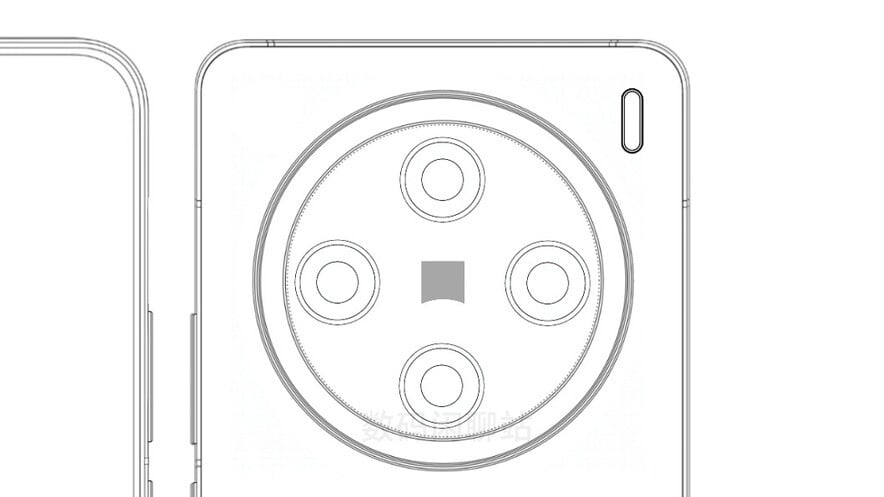A recent update from the tipster Digital Chat Station has disclosed that both Oppo and Vivo are planning to introduce new foldable smartphones in the first quarter of 2025. Oppo’s new device, the Find N5, may be marketed globally as the OnePlus Open 2. On the other hand, Vivo is said to be preparing the Vivo X Fold 4 for launch. Earlier this year, in April, Vivo introduced the Vivo X Fold 3 and X Fold 3 Pro in China, which came with the Snapdragon 8 Gen 2 and 8 Gen 3 chipsets, respectively. It is believed that the next iteration will feature just one model, tentatively referred to as the Vivo X Fold 4. A recent post on Weibo by the tipster DCS has seemingly unveiled some key specifications of this upcoming device.
Vivo X Fold 4 Rumored Specifications
According to the latest leak, Digital Chat Station mentioned a new foldable phone that will be powered by the SM8750, which is the upcoming Snapdragon 8 Gen 4 chipset. Recent reports suggest that both the Oppo Find N5 and the Vivo X Fold 4 are expected to come with the SD8G4 SoC. Although the tipster didn’t specify the device’s name, he indicated that it will keep the wireless charging capability. Notably, the Oppo Find N3 does not support wireless charging, while the Vivo X Fold 3 series does. This implies that he could be talking about the Vivo X Fold 4.
Design and Features
The leaked information suggests that the Vivo X Fold 4 will likely showcase a round camera module on the back. It is expected to include a triple camera system with a 50-megapixel main camera and a single periscope telephoto lens. The device will be equipped with a silicon battery of approximately 6,000mAh and will support wireless charging. Additionally, it is anticipated to have an IPX8 rating for water resistance. When folded, the phone’s thickness is expected to be around 8.x mm, and the fibreglass variant will weigh approximately 21x grams.
Given that this device will feature the Snapdragon 8 Gen 4, it is poised to be a successor to the Vivo X Fold 3 Pro, which had a folded thickness of 11.2mm and weighed 236 grams. Based on the latest leak, it appears that the X Fold 4 will be noticeably thinner and lighter compared to the X Fold 3 Pro. In the comments section of the Weibo post, a user inquired about the existence of a standard version of the X Fold 4. In reply, DCS confirmed that only one model will be available.

















